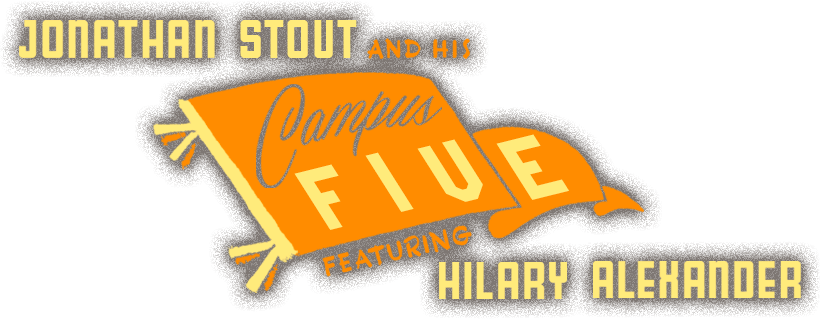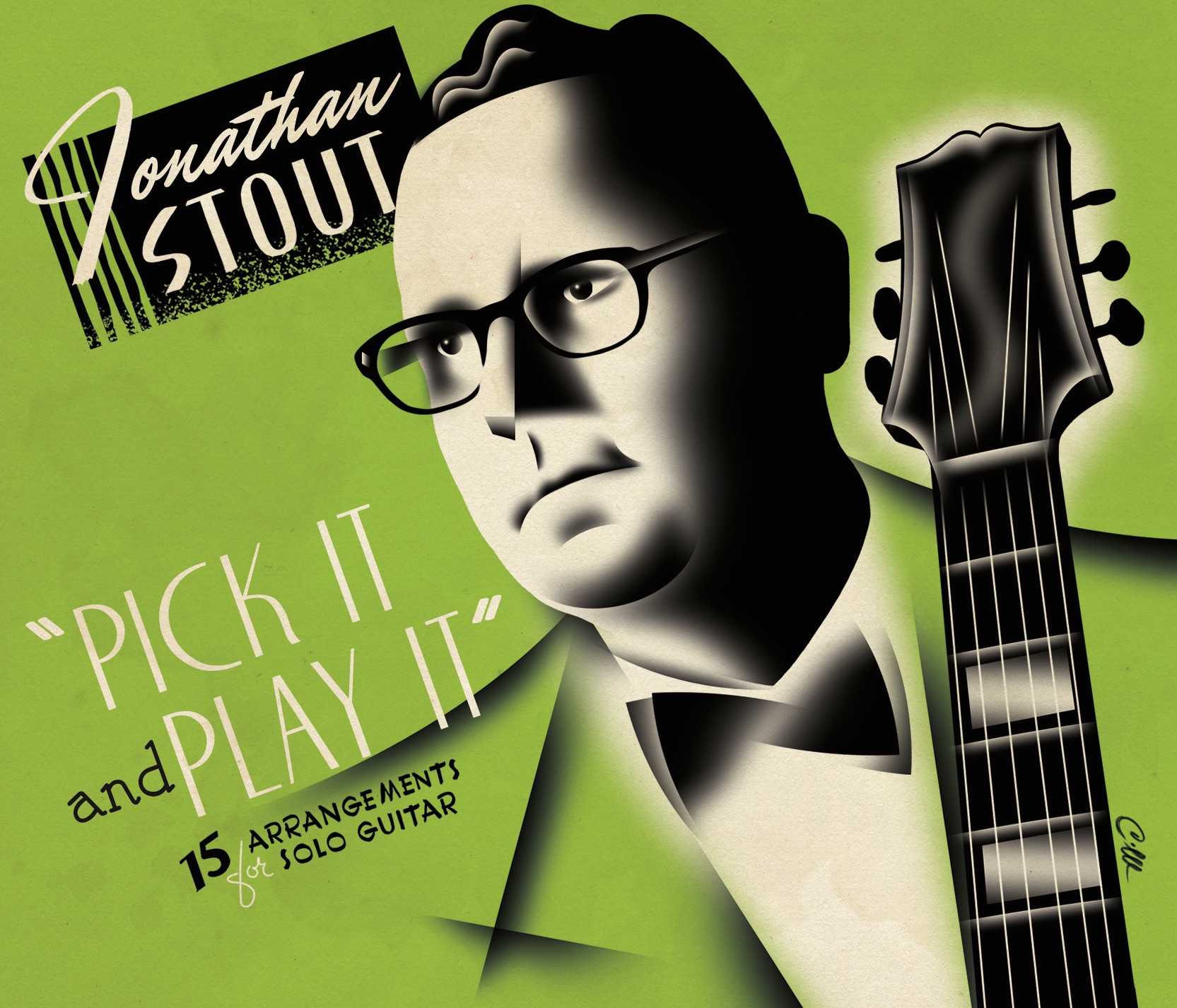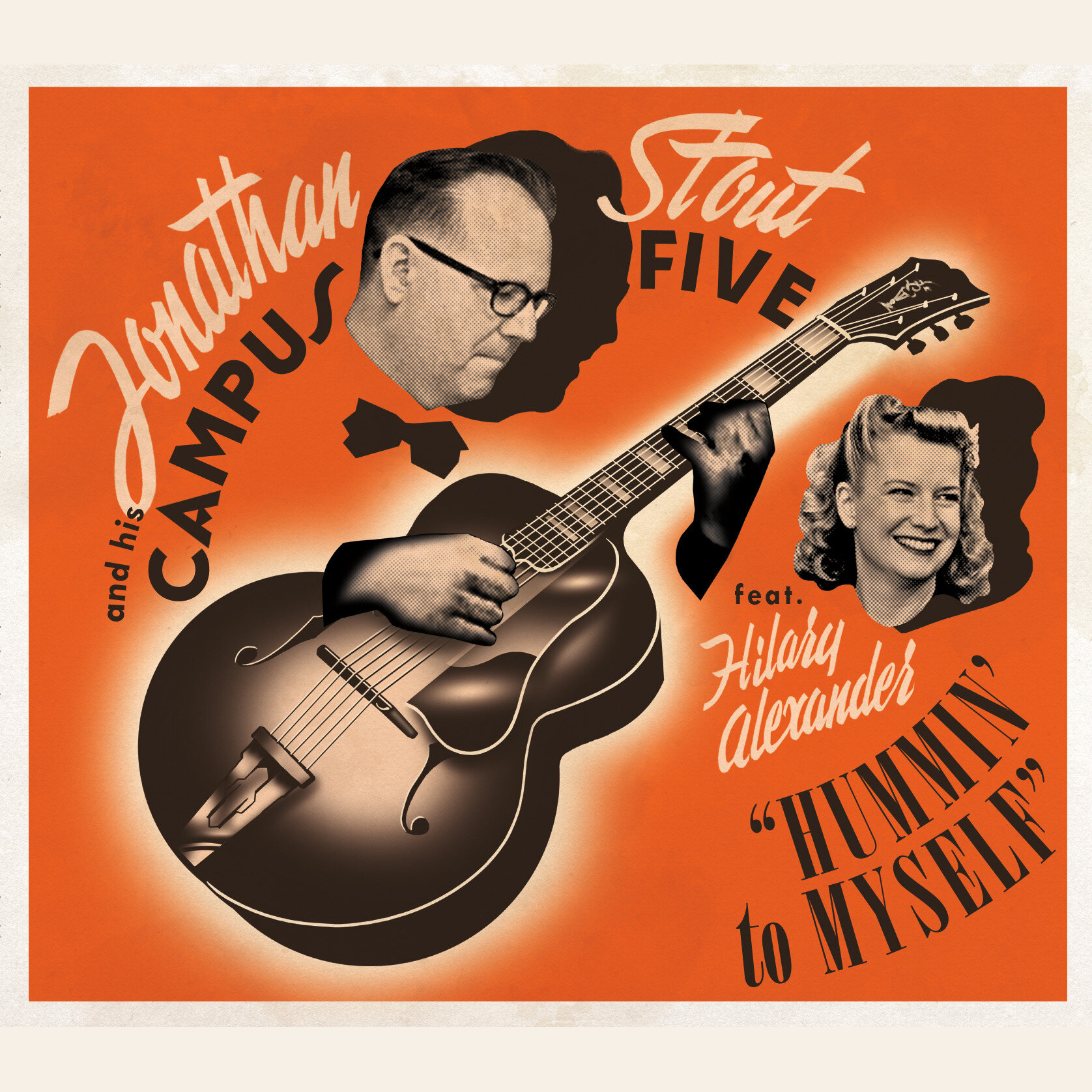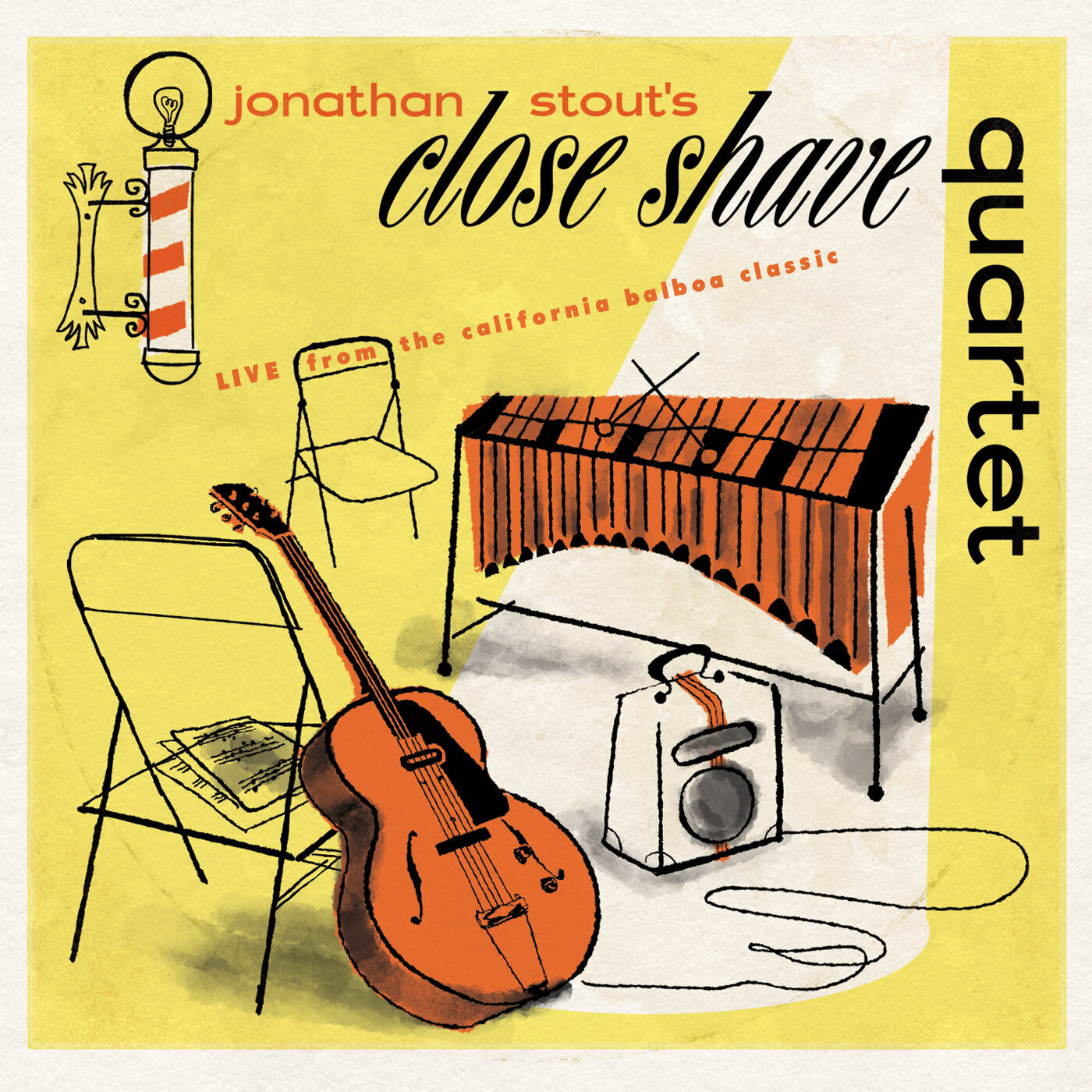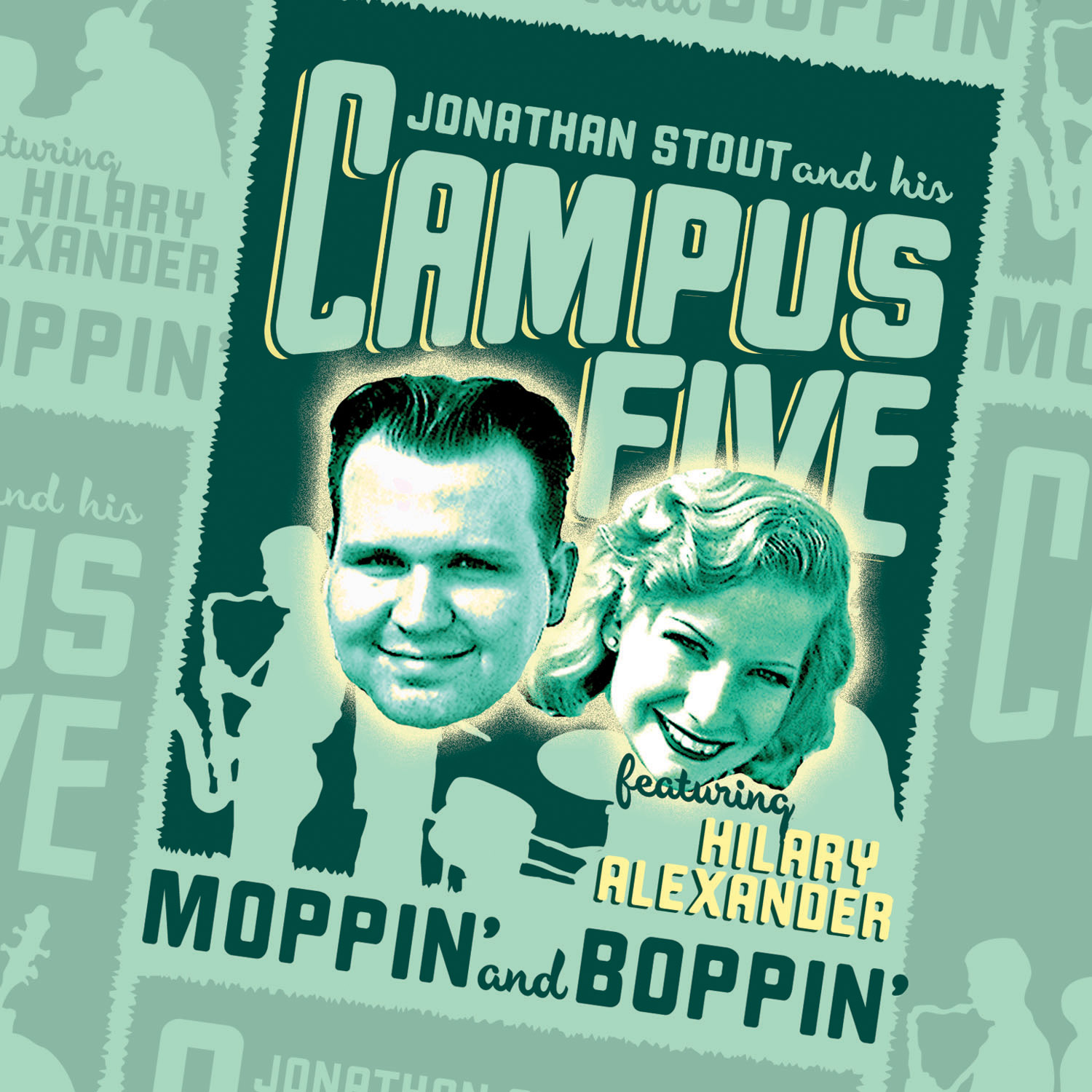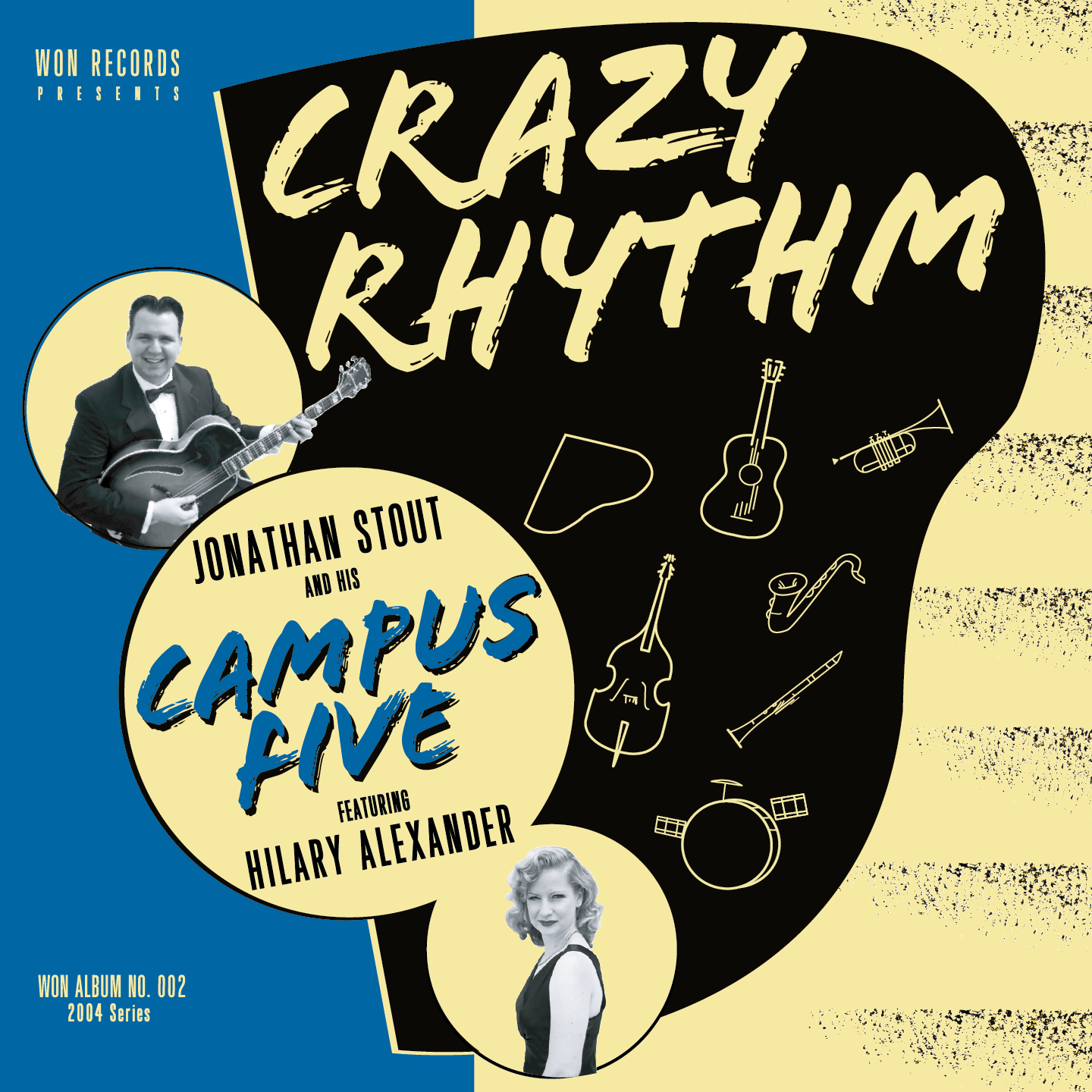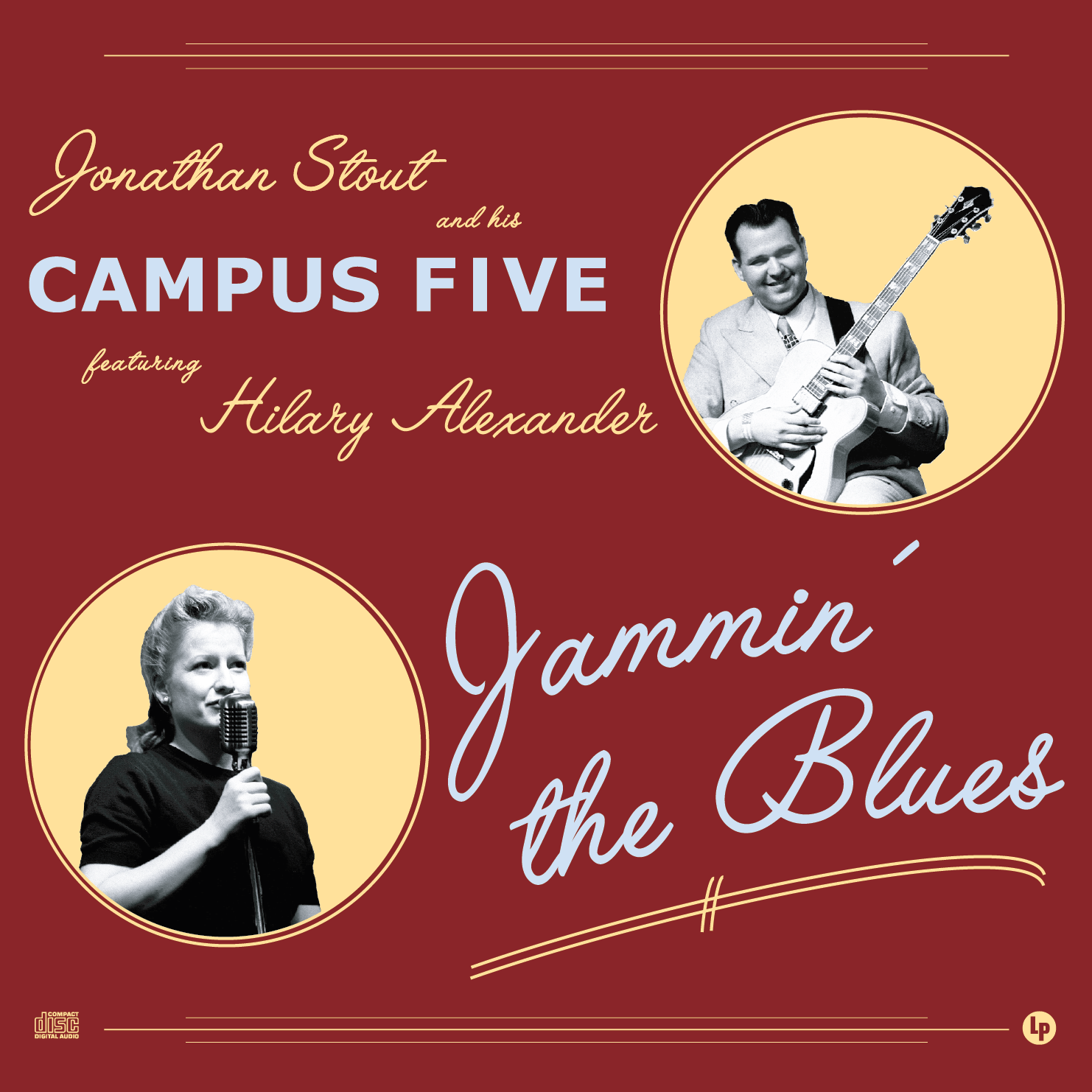Solo Guitar CD is HERE! "Pick It and Play It"
/Design by Chris Wilkinson // Illustration based on a photo by Christopher Bersbach
I’m thrilled to announce that my solo guitar CD is HERE!
“Pick It and Play It” is 15 tracks of solo, acoustic, swing-style chord melody guitar playing that are culmination of all of the work I’ve done (thus far) in decoding and learning the style. It features 4 published historical pieces, 2 original compositions, and 9 original arrangements of classic tunes.
The album was recorded using vintage-style ribbon microphones on my 1932 and 1939 Gibson L-5 guitars. For Roy Smeck’s 1928 composition, “Itching Fingers”, I used a flat-top Waterloo WL-14L (modeled after a 1930’s Kalamazoo KG-14).
Track List
1. Pickin' for Charlie - Jonathan Stout, 2018
2. Stompin' at the Savoy - Goodman/Sampson/Webb, 1936
3. Moonglow - Hudson/DeLange/Mills, 1934
4. Cheek to Cheek - Irving Berlin, 1935
5. Apartment G - Allan Reuss, 1938
6. It's Only a Paper Moon - Harold Arlen, 1933
7. Sunday - Miller/Styne/Cohn/Kreuger, 1926
8. Charlie's Lullabye - Jonathan Stout, 2018
9. Georgia on My Mind - Hoagy Carmichael, 1930
10. Itching Fingers - Roy Smeck, 1928
11. Ain't Misbehavin' - Waller/Brooks/Razaf, 1929
12. Pet Shop - Allan Reuss, 1938
13. Pick It and Play It - Frank Victor, 1936
14. Somebody Loves Me - George Gershwin, 1934
15. Over the Rainbow - Harold Arlen, 1938
The stunning design work was done by Chris Wilkinson (who did the last Campus Five CD), and the brilliant liner notes by my dear friend, Nick Rossi.
A strong argument may be made that no other single musical instrument underwent such a drastic change over the course of the swing era as the guitar. At the start of the 1930s, the instrument was a purely acoustic rhythm section component and an essential part of nearly every dance orchestra. On the relatively rare occasion when the guitar stepped into the spotlight, players favored a chord melody approach which was both pragmatic and unique. This style also kept the momentum of the song moving forward without having to rely on the full drive of the piano, bass, and drums - all of which typically brought down their volume to aid in such showcases. But by the end of the 1940s, most guitarists had adopted a thoroughly modern, electrified single-note approach to both emulate the sound of and compete with the volume of other frontline instruments. The rhythm sections changed as well: rhythm guitarists were left out in the cold and out of work.
For the past 18 years, Jonathan Stout has devoted himself to the swing era traditions of this instrument. And although over the course of his career he has proven himself time and time again to be one of Charlie Christian’s most adept acolytes on the electric guitar, he has also delved deep into the pre-electric techniques fathered by Eddie Lang, pioneered by George Van Eps and Dick McDonough, and developed into a fine art by Carl Kress, Frank Victor, and Allan Reuss. Perhaps more than any of the others, Stout has looked to Reuss as his touchstone. An exceptionally high standard? Perhaps. But Jonathan himself is an exceptional musician whose 6-string skills have consistently garnered both respect and admiration from the swing dance audience as well as his fellow musicians.
This album of solo, acoustic guitar recordings was cut live over the course of two autumn 2018 sessions in Los Angeles, California. It consists of several jazz standards arranged by Stout, a handful of set pieces originally published as guitar folios in the 1920s and 1930s, and a couple of originals written by Jonathan for the occasion. He utilized his 1932 Gibson L-5 and his 1939 Gibson L-5 in tandem on the recordings: instruments he long labored over in his drive to piece together this very particular playing style. That said, the early history of the plectrum guitar tradition is represented by Roy Smeck’s ITCHING FINGERS from 1928, performed here on a flat-top guitar in the manner of so many early dawn of swing jazz guitarists. Elsewhere, of particular interest are the two 1938 Reuss set pieces, APARTMENT G and PET SHOP, neither of which at the time of this release have been commercially recorded for release. Both performances, along with other examples such as George Gershwin’s SOMEBODY LOVES ME show the extent to which Jonathan has absorbed his primary influence. Taking that influence to its next logical step are Stout’s original compositions, both of which are named for his son Charlie and have the combined effect of exhibiting the wide range of possibilities offered by this approach to jazz guitar. This album represents nearly two decades of guitar technique, revitalized by Jonathan after being largely neglected for far too long.
Nick Rossi
December 2018
San Francisco, California, U.S.A
You can pick it up at my bandcamp store: jonathanstout.bandcamp.com
And check out a 3D tour of the packaging HERE.
